Robotic Process Automation (RPA) has become a vital tool for organizations looking to enhance operational efficiency and streamline workflows. By automating repetitive and rule-based tasks, RPA allows businesses to allocate resources more effectively and focus on strategic initiatives.
As we explore the landscape of RPA tools, it is essential to conduct a thorough robotic process automation tools comparison to identify the most suitable options for your needs.In 2025, the demand for the best robotic process automation solutions continues to grow, driven by the need for businesses to adapt to an increasingly competitive environment. Organizations are not just seeking to automate tasks; they aim to transform their processes to achieve greater agility and responsiveness. This blog will guide you through the leading RPA tools available today, highlighting their features, benefits, and suitability for various business contexts.
10 Best Robotic Process Automation RPA Tools
In this section, we will provide a comprehensive overview of the best robotic process automation RPA software that businesses can leverage to automate repetitive tasks, streamline operations, and drive process efficiency. Each tool offers unique features and capabilities designed to meet the diverse automation needs of businesses across various industries.
1. UiPath
UiPath is a leading enterprise RPA platform that empowers organizations to automate repetitive, rule-based tasks across various applications and systems. With its user-friendly interface and advanced automation capabilities, UiPath enables businesses to achieve operational excellence and drive digital transformation.
Key Features:
- Intuitive drag-and-drop interface for building automation workflows without extensive coding.
- Intelligent automation capabilities powered by AI and ML for handling complex scenarios and unstructured data.
- Support for both attended (human-triggered) and unattended (scheduled) automation scenarios.
- Robust security features, including role-based access control, encryption, and audit trails.
- Real-time monitoring and analytics dashboards for optimizing automation performance and ROI.
- Extensive integration capabilities with various applications, databases, and enterprise systems.
Pros:
- User-friendly and intuitive interface, making it accessible to non-technical users.
- Comprehensive automation capabilities, enabling end-to-end process automation.
- Strong focus on enterprise-grade scalability, security, and compliance.
- Active community and robust support resources.
Cons:
- Steep learning curve for complex automation scenarios and advanced features.
- Licensing costs can be higher compared to some alternatives, especially for large-scale deployments.
- Limited low-code capabilities for citizen developers compared to some other platforms.
Comparison Table with Nected
Feature | UiPath | Nected |
Simple and intuitive API | ✅ | ✅ |
Low/No code platform | ✅ | ✅ |
Custom Code Integration | ❌ | ✅ |
Comprehensive documentation | ❌ | ✅ |
Advanced user interface | ✅ | ✅ |
Large community and support | ✅ | ✅ |
Performance in large-scale applications | ✅ | ✅ |
Extensibility and customizability | ❌ | ✅ |
UiPath is well-suited for enterprises requiring a scalable and secure RPA solution with advanced automation capabilities, particularly in industries such as finance, healthcare, and manufacturing.
2. Automation Anywhere
Automation Anywhere is a cloud-based RPA platform that empowers businesses to automate repetitive tasks across various applications and systems. With its focus on intelligent automation, low-code development, and cloud-native architecture, Automation Anywhere enables organizations to drive process efficiency, innovation, and digital transformation.
Key Features:
- Scalable and secure cloud-based architecture for easy deployment and maintenance.
- AI-powered automation capabilities, including cognitive automation, natural language processing (NLP), and machine learning.
- Support for both attended and unattended automation scenarios.
- User-friendly interface and low-code tools for citizen developers to build automations.
- Comprehensive analytics and reporting capabilities for monitoring automation performance and ROI.
- Integration capabilities with various applications, databases, and enterprise systems.
Pros:
- User-friendly interface for citizen developers and non-technical users.
- Robust cloud-based architecture with high scalability and security.
- Intelligent automation capabilities powered by AI and machine learning.
- Extensive integration options with various applications and systems.
- Support for a wide range of automation scenarios, from simple tasks to complex processes.
Cons:
- Limited customization options for complex automation scenarios compared to some alternatives.
- Learning curve for advanced automation scenarios may be steeper compared to some other platforms.
- Limited open-source community and resources compared to some alternatives.
Comparison Table with Nected
Feature | Automation Anywhere | Nected |
Simple and intuitive API | ✅ | ✅ |
Low/No code platform | ✅ | ✅ |
Custom Code Integration | ❌ | ✅ |
Ease of Integration | ✅ | ✅ |
Advanced user interface | ✅ | ✅ |
Large community and support | ❌ | ✅ |
Performance in large-scale applications | ✅ | ✅ |
Extensibility and customizability | ❌ | ✅ |
Automation Anywhere is well-suited for organizations seeking a cloud-based RPA solution with intelligent automation capabilities and a low-code development environment, particularly in industries such as banking, telecommunications, and retail.
3. IBM Robotic Process Automation
IBM Robotic Process Automation (RPA) is a comprehensive automation platform that enables organizations to automate repetitive tasks across various applications and systems. With its advanced automation capabilities, seamless integration with IBM's broader software portfolio, and robust security features, IBM RPA is a powerful solution for enterprises seeking to drive operational excellence and digital transformation.
Key Features:
- Drag-and-drop interface for building automation workflows.
- Support for both attended and unattended automation scenarios.
- AI-powered automation, including cognitive automation, natural language processing (NLP), and machine learning.
- Robust security features, including role-based access control, encryption, and audit trails.
- Comprehensive analytics and reporting capabilities for monitoring automation performance and ROI.
- Integration capabilities with IBM's broader software portfolio (e.g., Watson, Cloud Pak) and other enterprise systems.
Pros:
- Seamless integration with IBM's broader software portfolio and ecosystem.
- Robust enterprise-grade security and compliance features.
- Advanced automation capabilities powered by AI and cognitive technologies.
- Comprehensive support and training resources from IBM.
- Scalable and reliable platform for enterprise-level deployments.
Cons:
- Steep learning curve compared to some alternatives, especially for non-technical users.
- Licensing and pricing models can be complex and may be more expensive for some organizations.
- Limited low-code capabilities for citizen developers compared to some other platforms.
- Fewer integration options with non-IBM systems and applications.
Comparison Table with Nected
Feature | IBM Robotic Process Automation | Nected |
Simple and intuitive API | ❌ | ✅ |
Low/No code platform | ❌ | ✅ |
Custom Code Integration | ✅ | ✅ |
Ease of Integration | ❌ | ✅ |
Advanced user interface | ✅ | ✅ |
Large community and support | ✅ | ✅ |
Performance in large-scale applications | ✅ | ✅ |
Extensibility and customizability | ✅ | ✅ |
IBM RPA is well-suited for enterprises seeking a robust and scalable RPA solution with advanced automation capabilities, particularly in industries such as financial services, healthcare, and government, where compliance and security are critical.
4. Microsoft Power Automate
Microsoft Power Automate (formerly Microsoft Flow) is a cloud-based automation platform that enables businesses to automate tasks and workflows across various applications and services. With its tight integration with the Microsoft ecosystem, user-friendly interface, and robust connector library, Power Automate empowers organizations to drive productivity, process optimization, and digital transformation.
Key Features:
- Drag-and-drop interface for building automation workflows.
- Pre-built connectors for integrating with various applications and services, including Microsoft 365, Azure, and third-party apps.
- Intelligent automation capabilities powered by AI and machine learning.
- Mobile app for monitoring and managing automation workflows on the go.
- Comprehensive analytics and reporting capabilities for monitoring automation performance and ROI.
- Tight integration with Microsoft 365, Azure, and other Microsoft products.
Pros:
- User-friendly interface for citizen developers and non-technical users.
- Seamless integration with the Microsoft ecosystem, including Microsoft 365 and Azure.
- Extensive connector library for integrating with various applications and services.
- Support for a wide range of automation scenarios, from simple tasks to complex workflows.
Cons:
- Limited customization options for complex automation scenarios compared to dedicated RPA platforms.
- Integration with non-Microsoft systems may require additional development efforts.
- Limited advanced features compared to some enterprise-grade RPA solutions.
- Fewer security and compliance features compared to some alternatives.
Comparison Table with Nected
Feature | Microsoft Power Automate | Nected |
Simple and intuitive API | ✅ | ✅ |
Low/No code platform | ✅ | ✅ |
Custom Code Integration | ❌ | ✅ |
Easy Integration | ❌ | ✅ |
Advanced user interface | ✅ | ✅ |
Large community and support | ✅ | ✅ |
Performance in large-scale applications | ✅ | ✅ |
Extensibility and customizability | ❌ | ✅ |
Microsoft Power Automate is well-suited for organizations already invested in the Microsoft ecosystem, seeking a user-friendly automation solution with seamless integration across Microsoft 365, Azure, and other Microsoft products, particularly in industries such as retail, healthcare, and professional services., and seamless integration make it the perfect solution for organizations looking to streamline operations.
5. Pega Systems
Pega Platform is an intelligent automation platform that combines process automation, case management, and artificial intelligence capabilities. With its low-code development environment, advanced AI capabilities, and comprehensive suite of enterprise applications, Pega empowers organizations to drive digital transformation, optimize customer experiences, and achieve operational excellence.
Key Features:
- Drag-and-drop interface for building automation workflows.
- AI-powered automation capabilities, including machine learning, decision management, and natural language processing (NLP).
- Comprehensive case management capabilities for handling complex processes and customer interactions.
- User-friendly interface and low-code tools for citizen developers to build automations and applications.
- Comprehensive analytics and reporting capabilities for monitoring automation performance and ROI.
- Integration capabilities with various applications, databases, and enterprise systems.
Pros:
- Powerful combination of process automation, case management, and AI capabilities.
- User-friendly interface and low-code tools for citizen developers.
- Robust enterprise-grade scalability and security features.
- Extensive integration options with various applications and systems.
- Strong focus on customer experience and intelligent decision-making.
Cons:
- Steep learning curve for advanced automation scenarios and complex use cases.
- Licensing costs can be higher than some alternatives
- Integration with certain third-party applications may require additional configuration or development effort.
Comparison Table with Nected
Feature | PegaSystems | Nected |
Simple and intuitive API | ❌ | ✅ |
Low/No code platform | ✅ | ✅ |
Custom Code Integration | ✅ | ✅ |
Ease of Integration | ❌ | ✅ |
Advanced user interface | ✅ | ✅ |
Large community and support | ❌ | ✅ |
Performance in large-scale applications | ✅ | ✅ |
Extensibility and customizability | ❌ | ✅ |
Pega Platform is well-suited for enterprises seeking a comprehensive intelligent automation solution that combines process automation, case management, and AI capabilities, particularly in industries such as financial services, insurance, and telecommunications.
6. Blue Prism
Blue Prism is a leading enterprise RPA platform that enables organizations to automate repetitive, rule-based tasks across various applications and systems. With its advanced automation capabilities, robust security features, and comprehensive support resources, Blue Prism empowers enterprises to drive operational excellence, compliance, and digital transformation.
Key Features:
- Intuitive drag-and-drop interface for creating and managing automated processes.
- Control Room provides centralized monitoring, scheduling, and reporting capabilities.
- Object Studio allows for the creation and management of reusable automation objects.
- Integrates with AI and machine learning technologies for advanced automation capabilities.
- Designed with scalability in mind to support large-scale automation initiatives.
Pros:
- Enterprise-grade security features ensure data protection and compliance.
- Can handle automation needs of any size, from simple tasks to complex workflows.
- Supports a wide range of applications and systems for diverse automation requirements.
- Vibrant user community and extensive documentation provide valuable resources.
Cons:
- Setup and configuration may be complex, requiring specialized technical skills.
- High upfront costs and licensing fees may be prohibitive for some organizations.
- Users may face challenges in learning and mastering the platform, requiring comprehensive training.
Comparison Table with Nected
Feature | Blue Prism | Nected |
Simple and intuitive API | ✅ | ✅ |
Low/No code platform | ✅ | ✅ |
Scalability for complex applications | ✅ | ✅ |
Ease of Integration | ❌ | ✅ |
Advanced user interface | ✅ | ✅ |
Large community and support | ❌ | ✅ |
Performance in large-scale applications | ✅ | ✅ |
Extensibility and customizability | ❌ | ✅ |
Blue Prism is well-suited for enterprises requiring a secure and scalable RPA solution with advanced automation capabilities, particularly in industries such as banking, healthcare, and government, where compliance and security are critical.
7. Appian RPA
Appian is a low-code automation platform that enables organizations to automate processes, build applications, and manage workflows. With its user-friendly interface and intelligent automation capabilities, Appian empowers businesses to drive digital transformation and process optimization.
Key Features:
- Simplifies automation with a low-code environment, reducing reliance on coding.
- Process Modeler offers a visual interface for designing and modeling automated processes.
- Integrates smoothly with other systems and applications for data exchange.
- Provides real-time insights and reporting to monitor and optimize automated processes.
- Cloud-based architecture enables scalability to accommodate evolving automation needs.
Pros:
- Makes automation accessible to users with varying technical skills, speeding up development.
- Intuitive interface and pre-built components facilitate quick deployment of automation solutions.
- Smooth integration capabilities streamline the automation process.
Cons:
- May lack some advanced features found in other RPA solutions.
- Users may encounter limitations when customizing automation workflows.
- Pricing structure may pose challenges for organizations with budget constraints.
- Some users report challenges with customer support and documentation.
Comparison Table with Nected
Feature | Appian RPA | Nected |
Simple and intuitive API | ✅ | ✅ |
Low/No code platform | ✅ | ✅ |
Custom Code Integration | ✅ | ✅ |
Comprehensive Documentation | ❌ | ✅ |
Advanced user interface | ✅ | ✅ |
Large community and support | ❌ | ✅ |
Performance in large-scale applications | ✅ | ✅ |
Extensibility and customizability | ❌ | ✅ |
Appian is well-suited for organizations seeking a low-code automation platform with intelligent automation capabilities, particularly in industries such as financial services, healthcare, and government, where process optimization and digital transformation are critical.
8. WorkFusion
WorkFusion is an intelligent automation platform that combines RPA, AI, and machine learning to streamline complex business processes. It focuses on automating repetitive tasks and augmenting human decision-making with AI-driven insights.
Key Features:
- Offers AI-powered bots capable of handling complex tasks like document processing and data extraction.
- Includes pre-trained models for specific use cases, reducing setup time.
- Features advanced analytics for monitoring and optimizing bot performance.
- Provides seamless integration with enterprise systems and cloud-based environments.
- Offers a marketplace for pre-built bots and components.
Pros:
- Strong AI capabilities enable automation of both structured and unstructured processes.
- Pre-trained models accelerate deployment in various industries.
- Scalability supports enterprise-wide automation needs.
- User-friendly interface for designing and managing bots.
Cons:
- Licensing costs can be high for small to medium-sized businesses.
- Requires more technical expertise than some other RPA solutions.
- Integration with certain legacy systems may require additional effort.
Comparison Table with Nected
Feature |
WorkFusion |
Nected |
Simple and intuitive API |
✅ |
✅ |
Low/No-code platform |
✅ |
✅ |
Custom Code Integration |
✅ |
✅ |
Comprehensive Documentation |
✅ |
✅ |
AI and Machine Learning Support |
✅ |
✅ |
Performance in large-scale applications |
✅ |
✅ |
Extensibility and customizability |
✅ |
✅ |
WorkFusion is ideal for businesses that require advanced cognitive automation to process unstructured data and handle complex workflows.
9. Nintex RPA
Nintex RPA is part of the Nintex process automation suite, providing businesses with tools to automate manual and repetitive tasks. It focuses on simplifying automation through a drag-and-drop interface and robust integration options.
Key Features:
- Drag-and-drop interface for building automation workflows without coding.
- Offers extensive integration capabilities with other Nintex tools and third-party applications.
- Provides advanced analytics and reporting for tracking automation ROI.
- Scalable architecture supports growth in automation needs.
- On-premise and cloud deployment options cater to diverse business requirements.
Pros:
- Easy-to-use interface reduces the learning curve for non-technical users.
- Seamless integration with existing Nintex products enhances workflow management.
- Strong analytics for performance tracking and optimization.
- Flexible deployment options cater to various business environments.
Cons:
- Limited functionality for highly complex workflows.
- May not be suitable for enterprises with advanced customization needs.
- Cost can become a concern for large-scale deployments.
Comparison Table with Nected
Feature |
Nintex RPA |
Nected |
Simple and intuitive API |
✅ |
✅ |
Low/No-code platform |
✅ |
✅ |
Custom Code Integration |
❌ |
✅ |
Comprehensive Documentation |
✅ |
✅ |
Drag-and-Drop Workflow Designer |
✅ |
✅ |
Performance in large-scale applications |
✅ |
✅ |
Extensibility and customizability |
❌ |
✅ |
Nintex RPA is best suited for small to medium-sized businesses seeking user-friendly automation solutions with a focus on compliance and governance.
10. Kofax RPA
Kofax RPA is a robust solution designed for automating data-intensive tasks and enhancing operational efficiency. It offers end-to-end automation capabilities, including data integration, process orchestration, and advanced analytics.
Key Features:
- Supports process discovery to identify and prioritize automation opportunities.
- Offers built-in AI and machine learning capabilities for intelligent automation.
- Integrates with multiple data sources for seamless data handling.
- Features low-code tools for rapid deployment of automation workflows.
- Provides real-time analytics for monitoring and optimizing automation performance.
Pros:
- Strong focus on data integration and process orchestration.
- Built-in AI capabilities enhance decision-making and task automation.
- Scalable solution for both small and large businesses.
- Extensive support for regulatory compliance and data security.
Cons:
- Steeper learning curve compared to some other platforms.
- High initial investment may deter smaller organizations.
- Customization can be time-consuming for highly specific use cases.
Comparison Table with Nected
Feature |
Kofax RPA |
Nected |
Simple and intuitive API |
✅ |
✅ |
Low/No-code platform |
✅ |
✅ |
Custom Code Integration |
✅ |
✅ |
Comprehensive Documentation |
✅ |
✅ |
Advanced Data Integration |
✅ |
✅ |
Performance in large-scale applications |
✅ |
✅ |
Extensibility and customizability |
✅ |
✅ |
Kofax RPA is best suited for businesses with document-centric workflows requiring intelligent automation and high scalability.
Future Trends in Robotic Process Automation
As Robotic Process Automation (RPA) continues to evolve and mature, several exciting trends are emerging that will shape the future of this transformative technology. Here are some key trends to watch out for:
- Intelligent Automation:The combination of RPA with artificial intelligence (AI) and machine learning (ML) is giving rise to intelligent automation. By integrating AI capabilities like natural language processing, computer vision, and predictive analytics, RPA bots can handle more complex, unstructured tasks and make smarter decisions. This allows for end-to-end automation of sophisticated business processes.
- Hyperautomation:Hyperautomation takes intelligent automation to the next level by combining multiple technologies like RPA, AI, ML, and process mining. It enables the automation of a wide range of business processes in a more comprehensive and strategic manner. Hyperautomation is expected to see rapid growth, with over 55% annual growth predicted.
- Low-Code/No-Code Development: RPA platforms will offer more intuitive, low-code/no-code interfaces that empower non-technical users to easily design and manage automation workflows. This will foster innovation and democratize automation across organizations.
- Scalable and Resilient Automation:As RPA deployments grow in scale, there will be an increased focus on building resilient and scalable automation infrastructure. This includes capabilities like cloud-based RPA, containerization, and orchestration to ensure high availability, disaster recovery, and seamless scalability.
- Citizen Development:With the rise of low-code/no-code RPA tools, citizen developers (non-IT employees) will play a more active role in automating processes within their domains. This will lead to faster innovation and better alignment between business needs and automation.
- Cognitive Document Processing:Leveraging AI and ML, RPA bots will become adept at extracting data from unstructured documents like invoices, contracts, and emails. This will enable the automation of document-centric processes that were previously challenging to automate.
Benefits of Robotic Process Automation Software
Robotic Process Automation (RPA) software offers a wide range of benefits that help organizations streamline operations, improve efficiency, and drive digital transformation. Here are some of the key advantages:
- Cost Savings:RPA can reduce operational costs by 25-50% by automating repetitive, rule-based tasks that were previously performed by human workers. Bots can operate 24/7 without breaks or vacations, leading to significant cost savings.
- Improved Accuracy and Quality:RPA bots follow predefined rules and workflows consistently, resulting in higher accuracy and quality compared to manual processes. This reduces errors, rework, and the need for manual quality checks.
- Enhanced Productivity and Efficiency:By automating mundane tasks, RPA frees up employees to focus on higher-value, strategic work. This leads to increased productivity and efficiency across the organization.
- Better Customer Experience:With faster turnaround times and higher accuracy, RPA enables organizations to provide better customer service and support. This can lead to increased customer satisfaction and loyalty.
- Scalability and Flexibility:RPA solutions can be easily scaled up or down to meet changing business demands. They can also be quickly adapted to accommodate process changes or new requirements, providing organizations with greater agility.
- Improved Compliance and Governance:RPA bots can be programmed to follow strict compliance rules and regulations, ensuring that processes adhere to industry standards and legal requirements. This reduces the risk of non-compliance penalties and reputational damage.
Challenges and Considerations for Deploying RPA Solutions
Robotic Process Automation (RPA) can drive efficiency and cost savings, but its deployment involves specific challenges and considerations. Understanding these potential pitfalls is critical for ensuring successful implementation.
1. Process Selection
Choosing the right processes for automation is a crucial first step. Processes that are too complex, frequently changing, or involve high variability may not be ideal candidates for RPA, potentially leading to wasted efforts and resources.
2. Integration with Existing Systems
RPA solutions often need to interact with legacy systems and third-party applications. Ensuring seamless integration can be challenging, particularly when dealing with older, non-standardized systems that lack modern APIs or interfaces.
3. Scalability Issues
While RPA is excellent for automating repetitive tasks, scaling bots to handle increasing workloads or additional processes can be difficult. Businesses must carefully plan their RPA strategy to avoid performance bottlenecks as operations expand.
4. Data Security and Compliance
RPA bots handle sensitive data, making them a potential risk for data breaches or compliance violations. It’s essential to implement strong security measures and ensure compliance with industry regulations like GDPR or HIPAA.
5. High Initial Investment
Although RPA reduces long-term operational costs, the upfront investment for tools, infrastructure, and training can be substantial. Organizations should assess the return on investment (ROI) before committing to an RPA initiative.
6. Bot Maintenance and Management
Once deployed, RPA bots require regular updates and maintenance to remain effective. Changes in underlying systems, application interfaces, or workflows can disrupt bot operations, leading to downtime or additional development costs.
7. Lack of Standardization
Inconsistent standards across an organization can lead to inefficiencies in RPA implementation. Standardizing processes and governance frameworks is essential to ensure that automation efforts are cohesive and sustainable.
8. Resistance to Change
Employees may resist RPA implementation due to fears of job displacement or unfamiliarity with new technologies. Organizations should prioritize change management, offer training, and emphasize the role of RPA as a tool to augment human efforts rather than replace them.
9. Over-Automation Risks
Attempting to automate overly complex processes or those that require frequent decision-making can lead to failures. Businesses must strike a balance between automation and tasks best handled by humans.
10. Vendor Selection
Selecting the right RPA vendor involves evaluating features, scalability, cost, and support. A poor choice of vendor can limit the organization’s ability to expand its automation efforts or adapt to new requirements.
By addressing these challenges early in the planning stage, organizations can create a well-defined RPA deployment strategy that mitigates risks and maximizes the benefits of automation.
How to choose the best Robotic Process Automation(RPA) tool for your business in USA?
Choosing the best Robotic Process Automation (RPA) software for your business requires careful consideration of several key factors to ensure it aligns with your specific needs and objectives. Here's a step-by-step guide to help you make the right choice:
1. Assess Your Business Requirements: Start by identifying the specific processes and workflows you intend to automate. Consider factors such as the complexity of your processes, the volume of transactions, and the level of integration required with existing systems.
2. Define Key Criteria: Based on your business requirements, establish the key criteria that are important to you in an RPA software solution. This may include ease of use, scalability, flexibility, integration capabilities, security features, and support services.
3. Evaluate Features and Functionality: Once you have a shortlist of RPA software solutions, evaluate their features and functionality against your defined criteria. Look for features such as visual process design, workflow automation, cognitive capabilities, and analytics tools.
4. User Experience: Choose an RPA software solution with an intuitive interface and user-friendly design. This will make it easier for your team to learn and use the software, leading to quicker adoption and implementation.
5. Review Security Features: Prioritize RPA software solutions that offer robust security features to protect sensitive data and ensure compliance with industry regulations. This includes features such as data encryption, access controls, and audit trails.
6. Review Pricing and Licensing: Evaluate the pricing structure and licensing options of each RPA software solution, including upfront costs, subscription fees, and additional charges for advanced features or support services. Choose a pricing model that aligns with your budget and requirements.
7. Pilot Testing: Before making a final decision, consider conducting a pilot or proof of concept to test the RPA software solution in a real-world environment. This will allow you to evaluate its performance, usability, and suitability for your business before committing to a full implementation.
8. Make an Informed Decision: Based on your evaluation and assessment, choose the RPA software solution that best meets your business requirements, aligns with your goals, and offers the features and functionality you need to drive success.
By following these steps and conducting thorough research and evaluation, you can choose the best RPA software for your business that will streamline your processes, enhance efficiency, and drive growth.
Rating of Discussed Robotic Process Automation Tools
The rating methodology for assessing each Robotic process Automation (RPA) software involves evaluating them across five key parameters: Integration Capabilities, Customization Level, Scalability, Performance, Ease of Use.
Platform | Integration Capabilities | Customization Level | Scalability | Performance | Ease of Use | Overall Rating |
UiPath | 9 | 8 | 8 | 8 | 8 | 8.0 |
Automation Anywhere | 7 | 8 | 8 | 9 | 8 | 8.0 |
IBM RPA | 8 | 9 | 8 | 8 | 8 | 8.2 |
Blue Prism | 9 | 8 | 8 | 8 | 8 | 8.2 |
Pega Systems | 9 | 8 | 7 | 8 | 9 | 8.2 |
Appian RPA | 9 | 8 | 8 | 8 | 7 | 8.0 |
Microsoft Power Automate | 8 | 8 | 8 | 8 | 8 | 8.0 |
Nected | 9 | 9 | 9 | 9 | 9 | 9 |
This table serves as a guide to understanding the strengths and limitations of each robotic process automation software, helping users identify which platform may best meet their specific needs in terms of integration, customization, support, performance, usability etc..
Conclusion
In conclusion, selecting the best Robotic Process Automation (RPA) software for your business is a critical decision that requires careful consideration of various factors. By assessing your business requirements, evaluating key criteria, researching available options, and conducting thorough evaluations, you can choose an RPA software solution that aligns with your goals and enables you to streamline your processes, improve efficiency, and drive growth. Remember to prioritize ease of use, integration capabilities, scalability, security features, and support services to ensure a successful implementation and maximize the benefits of automation for your organization.
Ultimately, the selection of a RPA software is not a one-size-fits-all solution. By thoroughly assessing the strengths, limitations, and potential ROI of each platform, organizations can make an informed decision that aligns with their strategic objectives and positions them for sustainable process optimization and operational excellence.
Use Nected for Robotic Process Automation & Accelerate growth of your business.
FAQs
Q1. What tasks can be automated with RPA?
RPA can automate repetitive, rule-based tasks such as data entry, form filling, report generation, and invoice processing across various applications and systems.
Q2. What industries can benefit from RPA implementation?
Industries such as finance, healthcare, manufacturing, retail, and customer service can benefit from RPA implementation by improving efficiency, reducing errors, and enhancing customer satisfaction.
Q3. How do I choose the right RPA software for my business?
To choose the right RPA software for your business, consider factors like your needs, ease of use, integration, scalability, security, pricing, and support. Assess requirements, research options, evaluate features, and conduct tests. It's also helpful to request demos and trial periods to assess the tool's suitability for your specific needs.
Q4. Is coding required to use RPA software?
No, most modern RPA software platforms offer low-code or no-code interfaces that allow users to build automation workflows without extensive coding. This makes RPA accessible to business users and non-technical employees.
Q5. Can RPA be combined with other technologies?
Yes, RPA can be combined with other technologies like artificial intelligence (AI), machine learning (ML), and process mining to create more advanced and intelligent automation solutions. This is known as intelligent automation or hyperautomation.
Q6. How long does it take to implement an RPA solution?
The implementation time for an RPA solution can vary depending on the complexity of the processes being automated and the scope of the project. However, RPA is generally considered a fast and agile technology, with many solutions being deployed in a matter of weeks or months.
Q7. Can RPA replace human workers?
While RPA can automate many tasks previously performed by human workers, it is not intended to replace human employees entirely. Instead, RPA is designed to augment and support human workers by taking over repetitive, mundane tasks, allowing employees to focus on more strategic, value-added work.
Q8. How secure is RPA?
RPA software typically includes robust security features like role-based access controls, data encryption, and audit trails to ensure the security and integrity of automated processes. However, it is important to implement RPA within a well-defined security framework and to follow best practices for data protection and compliance.


.svg)
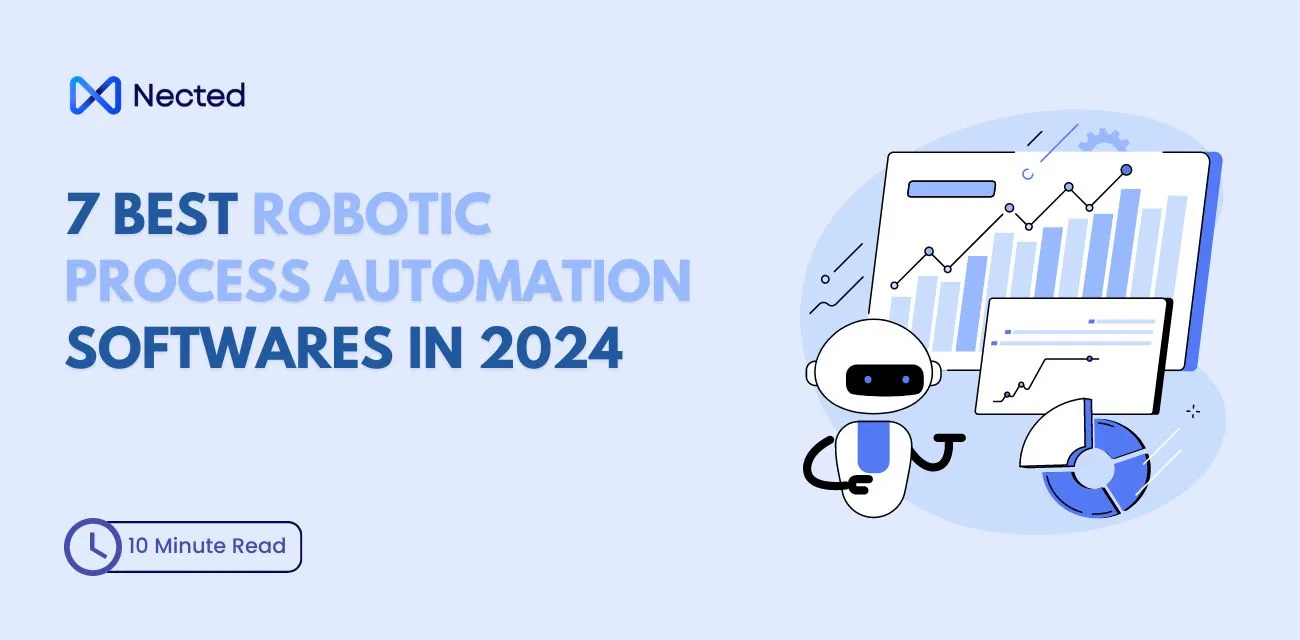



.png)






.svg.webp)


.png)
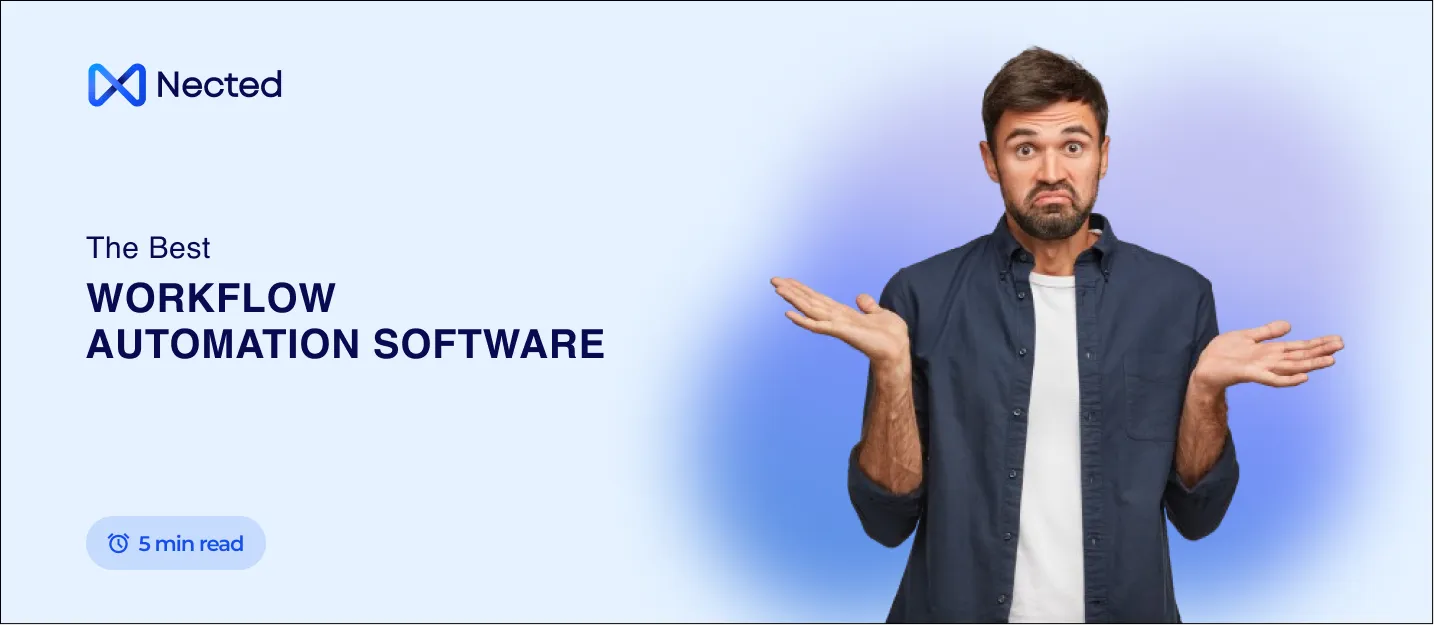
_result.webp)
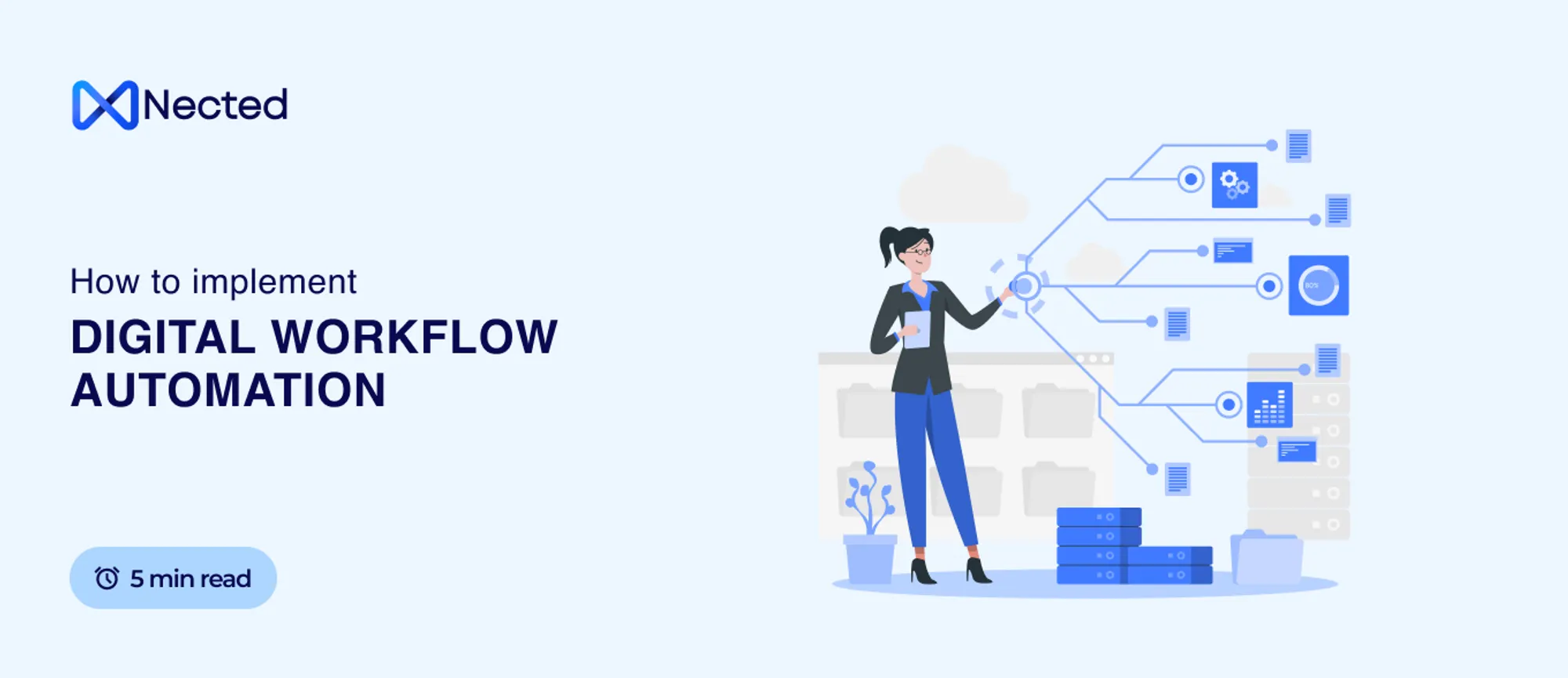
.webp)
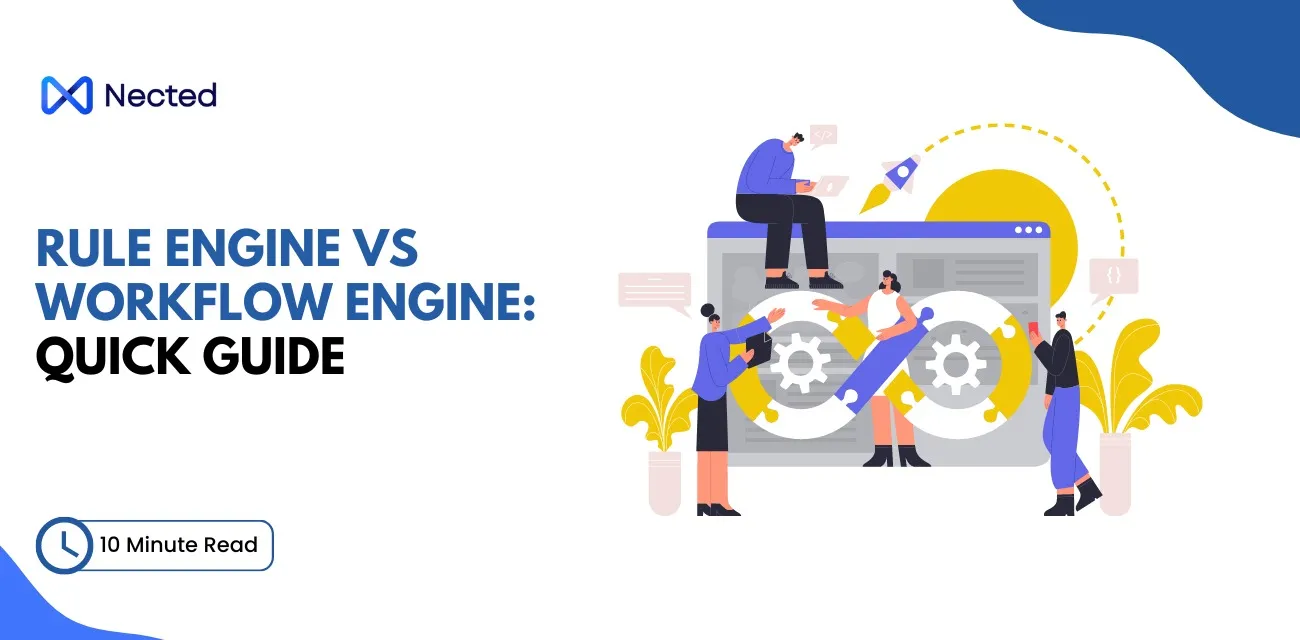
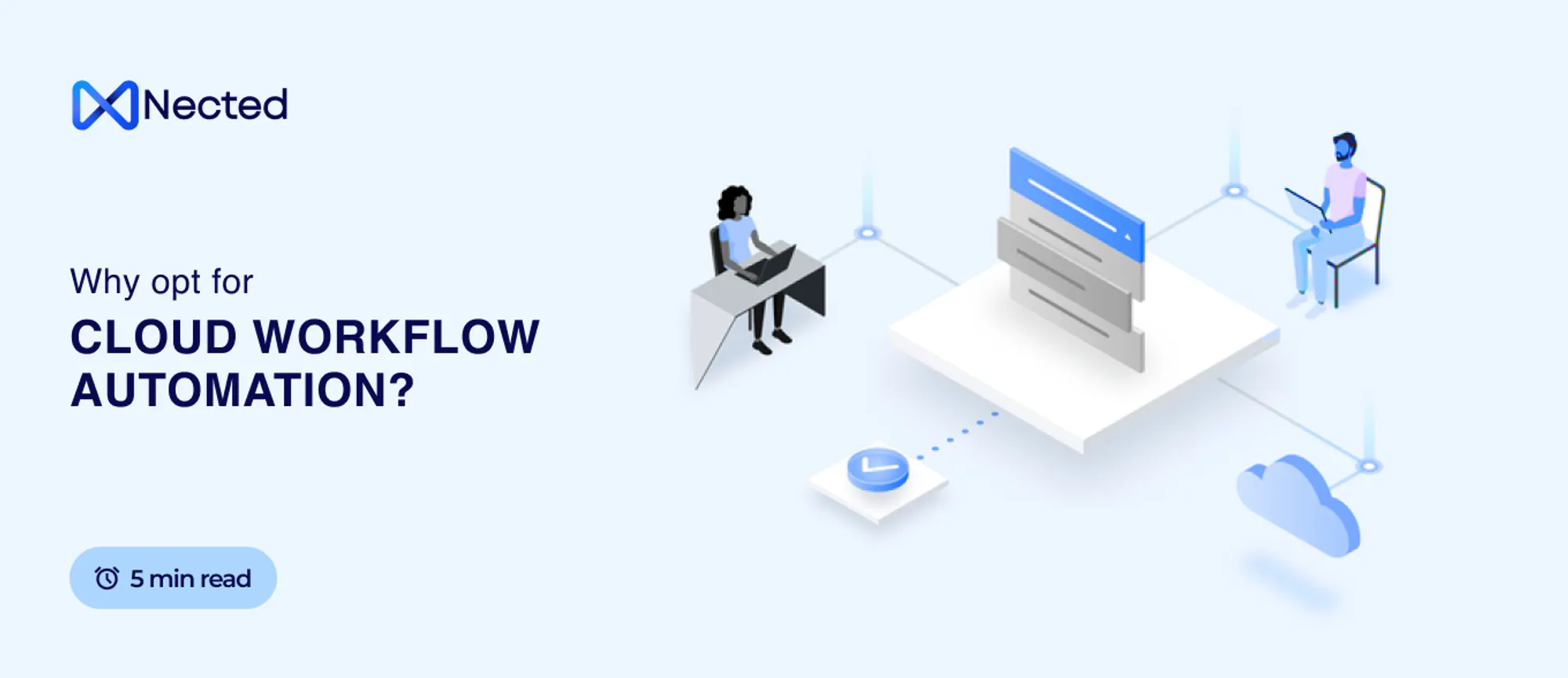
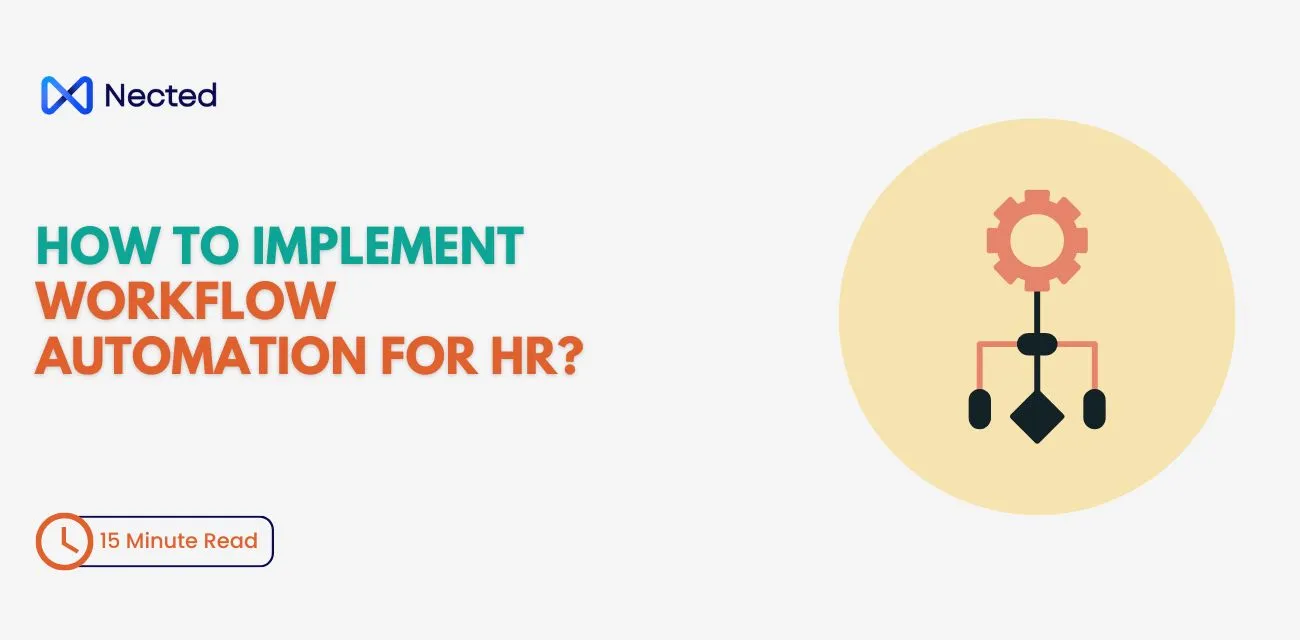
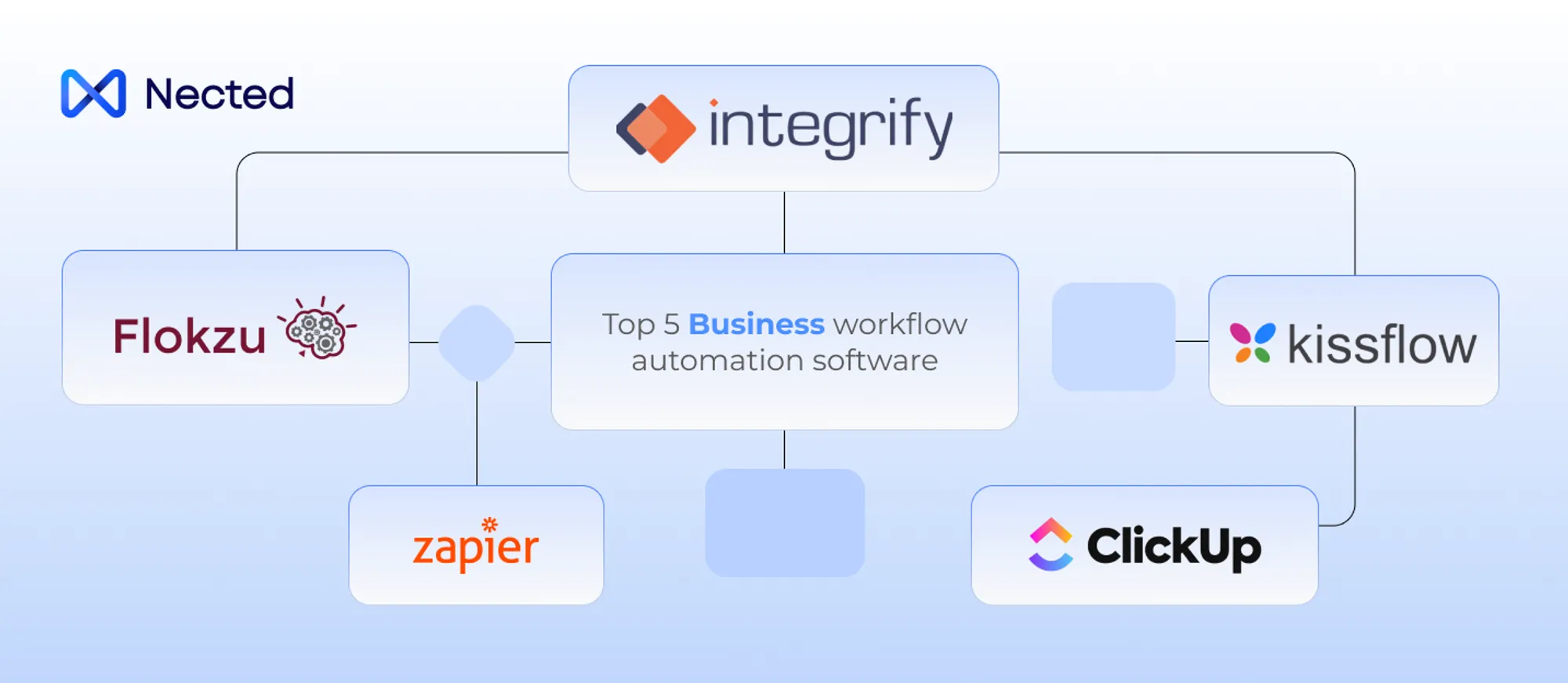
.webp)

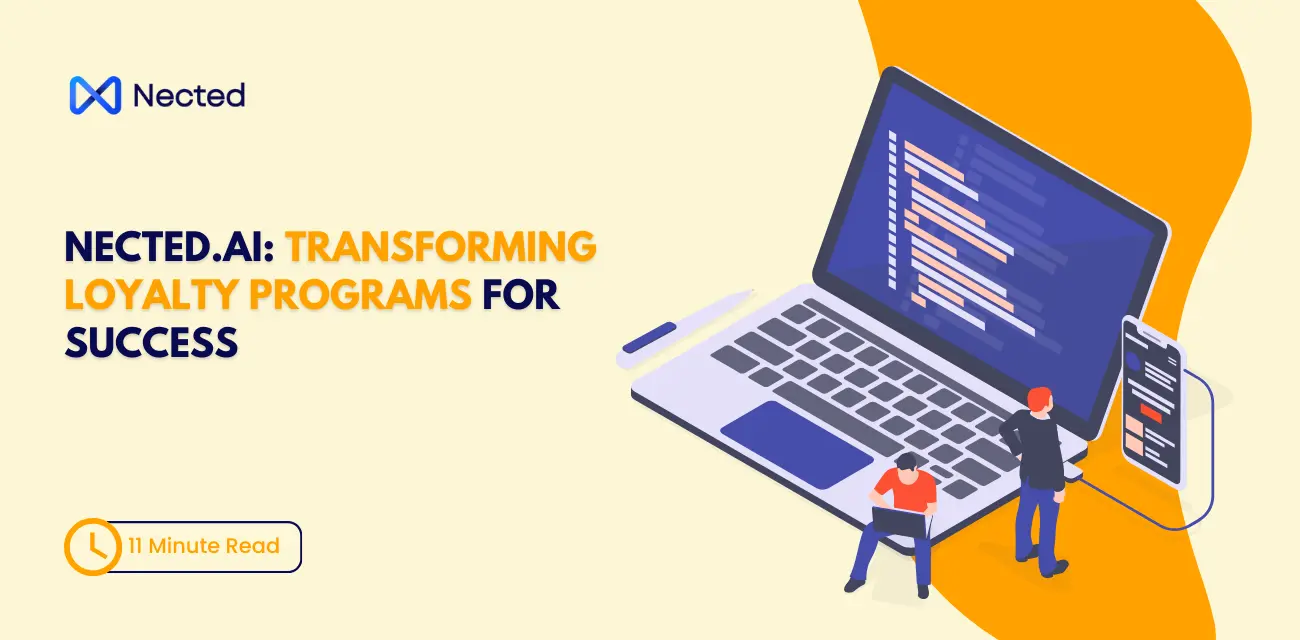
%20m.webp)
.webp)
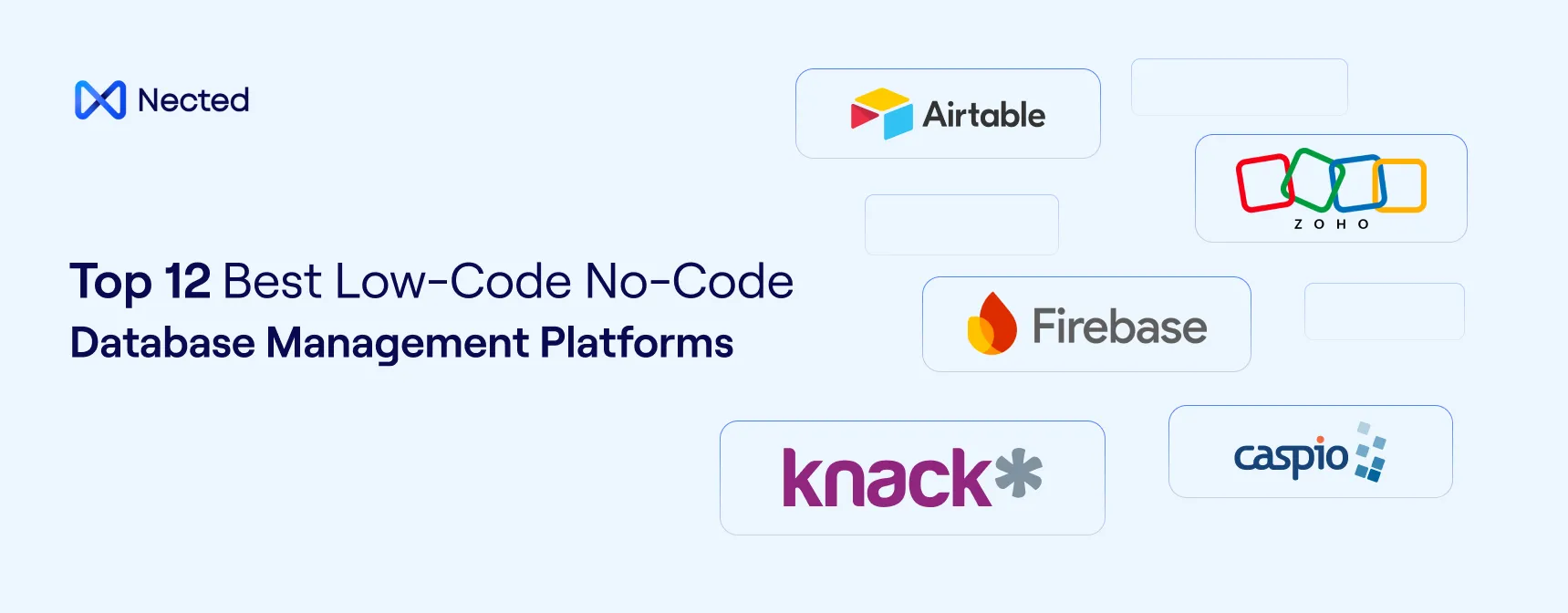
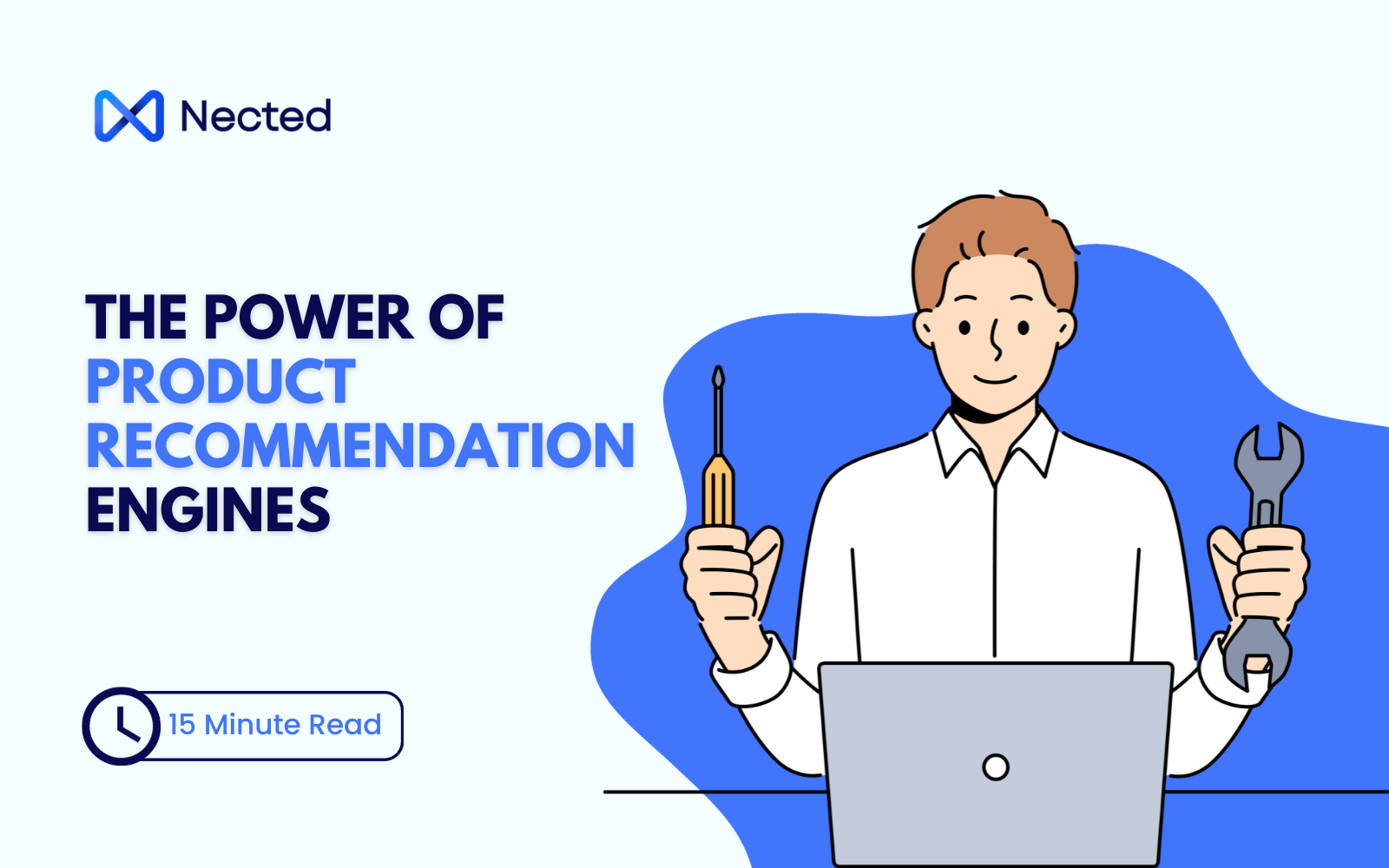
.webp)
.webp)
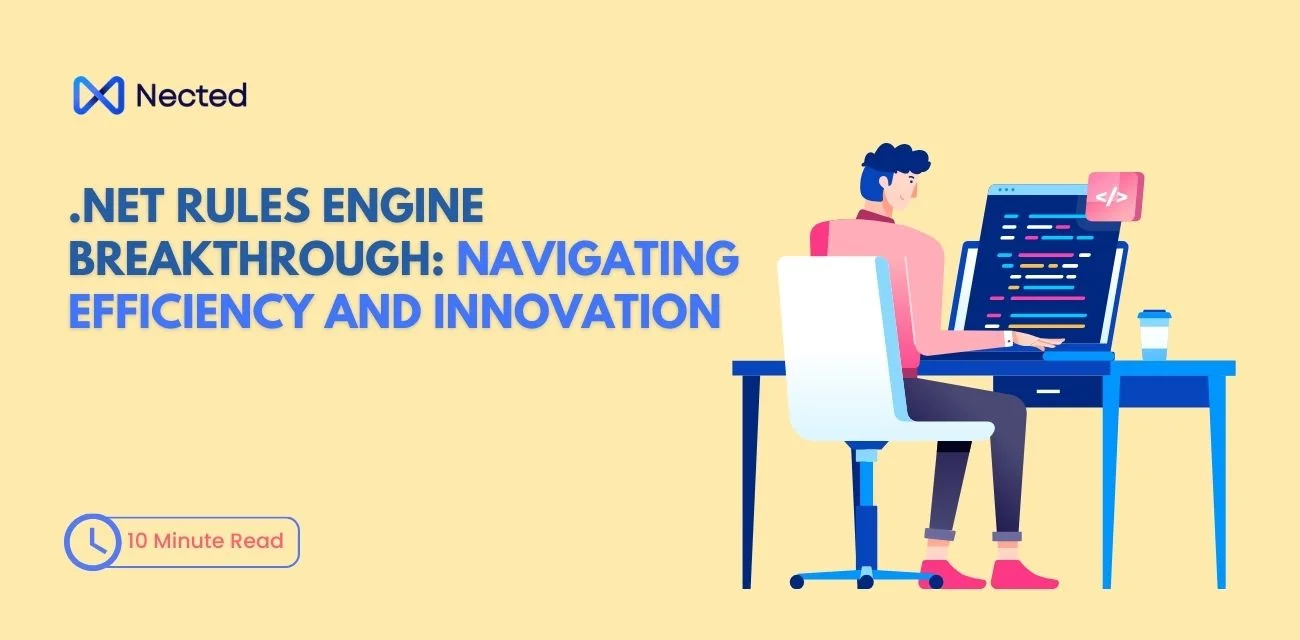





%20(1).webp)
